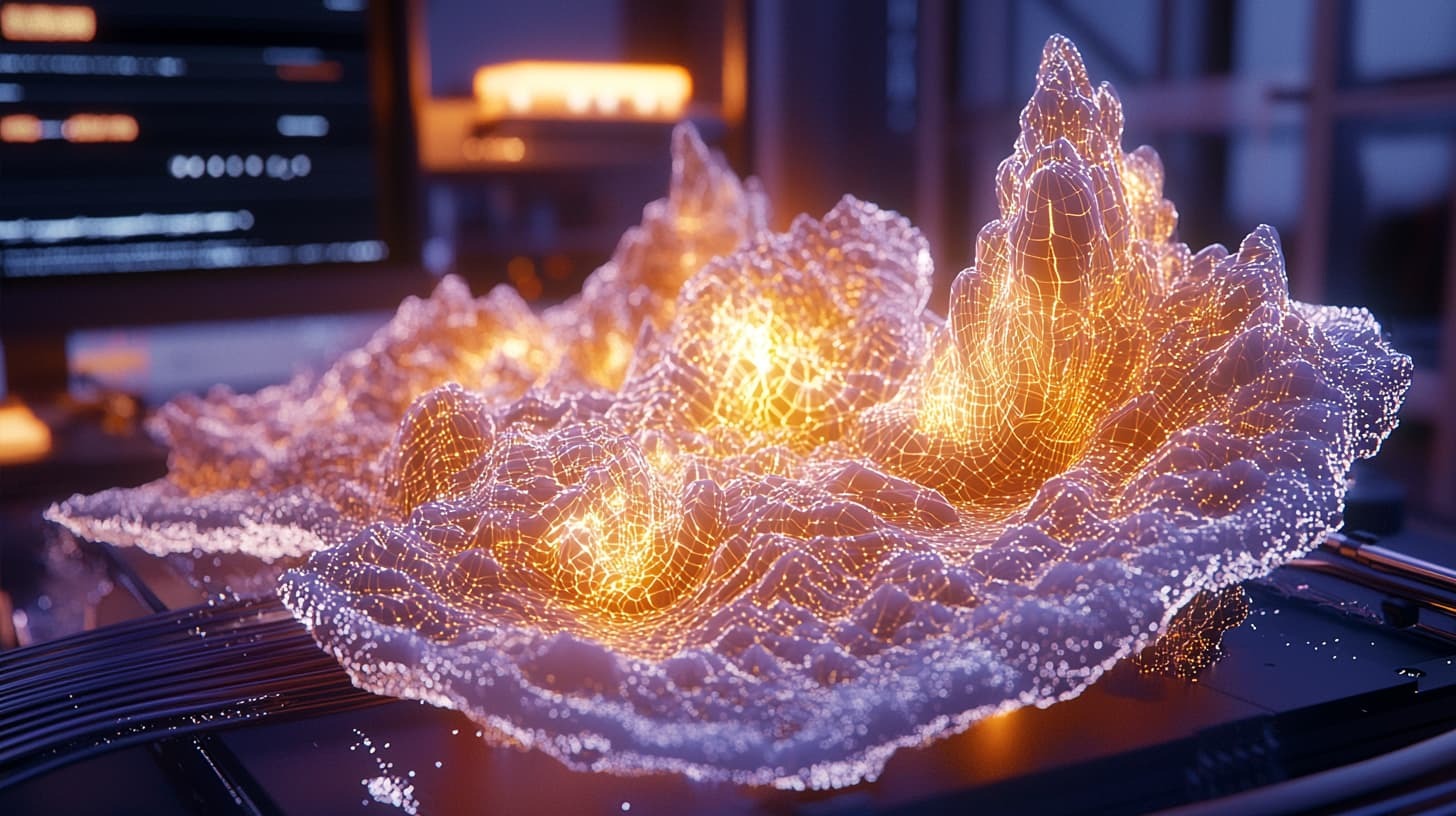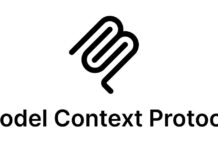3D production has reached a point where visual quality often determines whether a project feels professional or falls short.
Studios working on films, video games, architectural visualization, or product design all depend on one crucial element: the realism of their textures and materials.
Without convincing surfaces, even the most detailed models or advanced lighting setups can look flat, artificial, or disconnected from real-world expectations.
For professionals in the field, understanding how realistic texturing and material workflows fit into production pipelines is not just an artistic preference but a technical necessity.
It directly impacts efficiency, collaboration, and the final output quality.
Why Realistic Texturing Shapes Perception
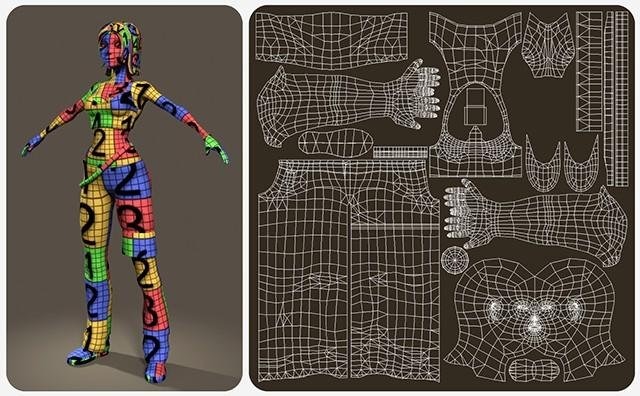
The first impression of any rendered object comes from its surface detail. Textures convey whether an object is metallic, soft, glossy, worn, or new.
Without accurate texturing, even the most technically sound 3D model can appear lifeless.
In industries like architecture or product marketing, clients expect images that could be mistaken for photographs.
A poorly textured wall, wood panel, or piece of furniture can instantly break immersion.
Similarly, in gaming or animation, a mismatch between believable lighting and unrealistic surfaces creates a sense of “visual dissonance” that audiences notice, even subconsciously.
Investing time into proper materials pays off with higher-quality presentations and fewer rounds of corrections. It also means stakeholders trust the renderings, which speeds up approval cycles and reduces project delays.
Streamlining Materials with Image-Based Tools
Texturing is not only about artistry but also about workflow optimization. Teams that rely on manual material creation often face bottlenecks, especially in large projects with hundreds of assets.
Modern pipelines increasingly use automated or semi-automated solutions to generate realistic materials.
For instance, converting photographs into usable material maps saves time. Services like image to 3d model help bridge this gap by turning reference images into ready-to-use 3D assets or material maps.
This reduces manual painting work and ensures that textures reflect real-world properties such as roughness, reflectivity, or fabric weave.
By integrating such tools early in the pipeline, studios avoid repetitive manual work, keep material libraries consistent, and ensure assets meet production standards with minimal adjustments.
The Role of Physically Based Rendering (PBR)

Modern 3D production heavily relies on Physically Based Rendering (PBR). This approach simulates how light interacts with surfaces, ensuring materials respond realistically under different conditions.
Key maps in a PBR workflow include:
- Albedo/diffuse maps for base color.
- Roughness maps for surface reflection spread.
- Normal or displacement maps for fine surface details.
- Metalness maps for metallic vs. non-metallic surfaces.
When these are applied correctly, assets automatically behave convincingly across different lighting environments.
This eliminates the need for endless scene-specific tweaking and allows teams to focus on creativity instead of technical corrections.
Collaboration Across Teams and Disciplines
A reliable material pipeline benefits not only texture artists but also modelers, lighting artists, and animators.
Standardized material naming, storage, and application make it easier for multiple departments to work on the same project without confusion.
For example, if an environment artist sets up a weathered brick wall, the lighting team should not need to redo the material adjustments when placing the object into a scene.
Similarly, animators working with props or characters should find surfaces responding naturally as they move under different lights.
By aligning on common material standards, studios minimize redundancy and avoid frustrating rework, which often adds up to significant savings in time and budget.
How Realistic Textures Impact Client Communication
Clients and stakeholders often lack the technical vocabulary to discuss polygons, shaders, or rendering engines. What they do understand is how things look.
Realistic textures and materials make communication smoother, as clients can immediately see if a surface matches their vision.
A furniture designer reviewing a digital prototype of a chair, for example, will focus on whether the leather looks genuine and if the wood grain matches the chosen finish.
If these elements are well-represented, fewer revisions are needed, and clients gain confidence in the digital-to-physical production pipeline.
Balancing Efficiency and Quality
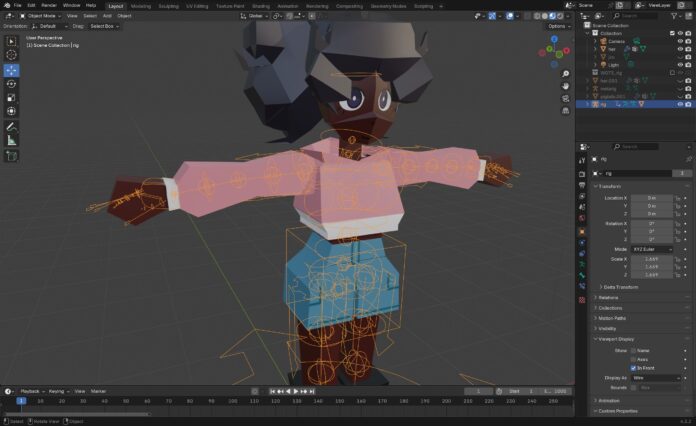
One of the challenges in texturing workflows is balancing realism with production deadlines. Photoreal materials can demand extensive resources if handled manually.
To stay efficient, professionals often rely on:
- Material libraries to avoid rebuilding common textures.
- Procedural workflows that allow infinite variations with minimal storage.
- Image-based generation tools to replicate real-world surfaces quickly.
- Optimization techniques to keep textures light without losing detail.
This balance ensures that production timelines are met while final outputs still meet client expectations for realism.
Real-World Applications of High-Quality Texturing
Different industries approach texturing with their own priorities, but all benefit from strong pipelines:
- Film and VFX: Believable skin textures, fabrics, and weathered props keep audiences immersed.
- Gaming: Realistic environments and character materials enhance player engagement.
- Architecture: Accurate stone, glass, and wood finishes reassure clients that the project reflects reality.
- Product visualization: High-quality textures showcase products before they exist physically, reducing prototyping costs.
Each of these industries demonstrates how much value comes from surface detail accuracy in shaping audience trust.
Common Pitfalls to Avoid in Material Pipelines
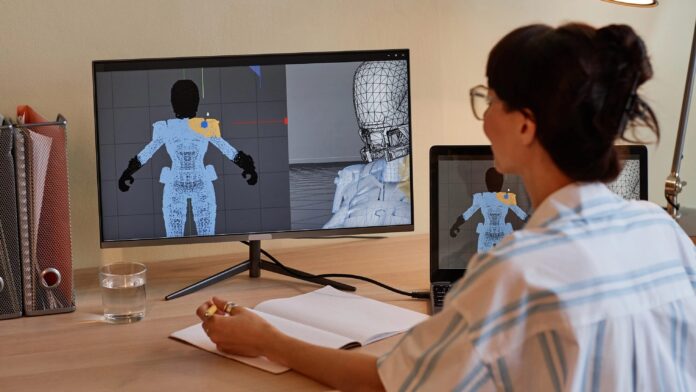
Even skilled teams encounter challenges when dealing with materials and textures. Some frequent issues include:
- Using overly repetitive tiling patterns that make surfaces look fake.
- Failing to calibrate materials for consistent scale and lighting response.
- Mixing workflows (PBR vs. older shading models) within the same project.
- Overloading projects with unnecessarily heavy texture files.
Avoiding these pitfalls requires careful planning, standardized practices, and regular quality checks across departments.
Why Materials Define the Pipeline’s Success
In modern 3D production, textures and materials are not an afterthought. They are the backbone of effective pipelines, influencing realism, collaboration, client satisfaction, and cost efficiency.
Without them, even the most advanced geometry or lighting cannot achieve its full potential.
By investing in realistic texturing methods, leveraging tools like image-based generation, and maintaining disciplined pipeline standards, studios can deliver work that meets both artistic and business goals.
The result is not only better visuals but also a streamlined process that saves time and resources in the long run.
Ultimately, effective texturing and materials turn 3D production pipelines into reliable systems that consistently deliver high-quality results.

